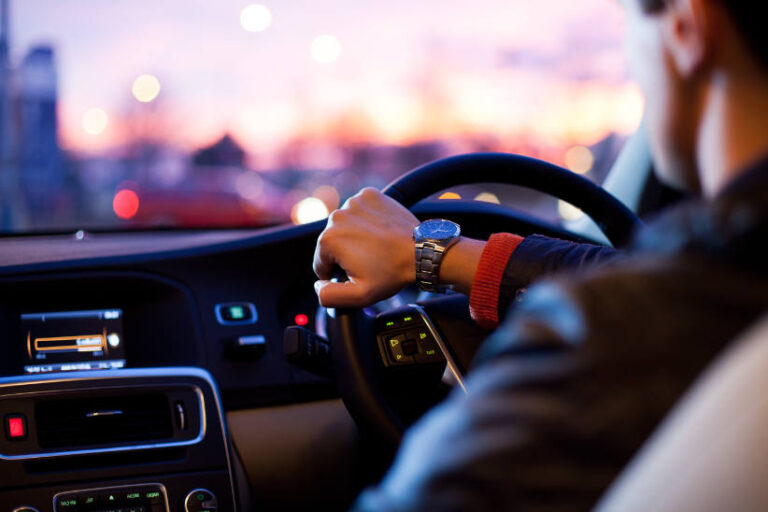– By Caroline Falls –
Do your fleet vehicles have tinted side windows? Do your drivers use sunscreen? Driving under the Australian sun is dangerous.
We all know — thanks to decades of excellent sun safety campaigns — that Australia has a potent ultraviolet radiation emanating from the sun and the highest rate of skin cancer in the world.
But how many drivers and fleet managers have being smart in the sun as a priority among their health and safety routines? Whatever the answer, a recent webinar from the National Road Safety Partnership Program, aimed to raise the number taking the steps to drive and work safely in the sun.
The NRSPP webinar featured Caoimhe Geraghty, Cancer Council Victoria’s SunSmart Workplace Coordinator. Geraghty’s points were essentially that with 2,000 deaths from skin cancer in Australia annually fleet managers and drivers need to be extra careful of the UV from the sun, know how to work safely, and to check for skin cancer.
“It’s important to think about sun protection on the road,” said Geraghty. “UV is ultraviolet radiation. It’s not something you can see or something you can feel. It doesn’t depend on how hot it is. It could be the same on a 19 degree day and a 30 degree day.”
Generally speaking, the UV index — low to extreme — changes throughout the day and the seasons. It is highest in late December and lowest in winter. Also the middle of the day is the highest.
A sobering statistic is that two in three Australians are likely to get cancer before they age 70. Melanoma is more common in men, and men are more likely to die from skin cancer.
To be sure, Geraghty said, 90 percent of melanoma can be prevented. It was heartening to hear her say, “It is easy to diagnose early and, it is really successful with early treatment.”
Reflective surfaces also redirect UV —snow, concrete, white paint, sand, water. If you think of any surface in your work space that you have to protect your eyes because of glare, then it’s probably reflecting UV, said Geraghty.
“With UV damage it’s a cumulative risk. “It’s like filling a bucket; once it’s full and overflows you have cancer,” said Geragthy. The good news is that even if you have had a lot of exposure when you were young, you still have an opportunity to limit risk of getting skin cancer by taking precautions.
Some precautions include:
- Have all vehicle windows tinted. Use a UV film if the feature wasn’t supplied by the manufacturer.
- Issue protective clothing, including shirts with long sleeves and collars, sunglasses and wide-brimmed hats.
- Issue sunscreen.
Also note in 2004 when a Boral truck driver sued his employer, he claimed he’d got a lot of sun damage while driving, and unloading his truck, and that he felt it was negligent of his employer. Since then UV has been considered a workplace health and safety issue.
— Caroline Falls is a freelance writer, writing for Australian and international business publications. She can be contacted at carolinefalls@gmail.com.






